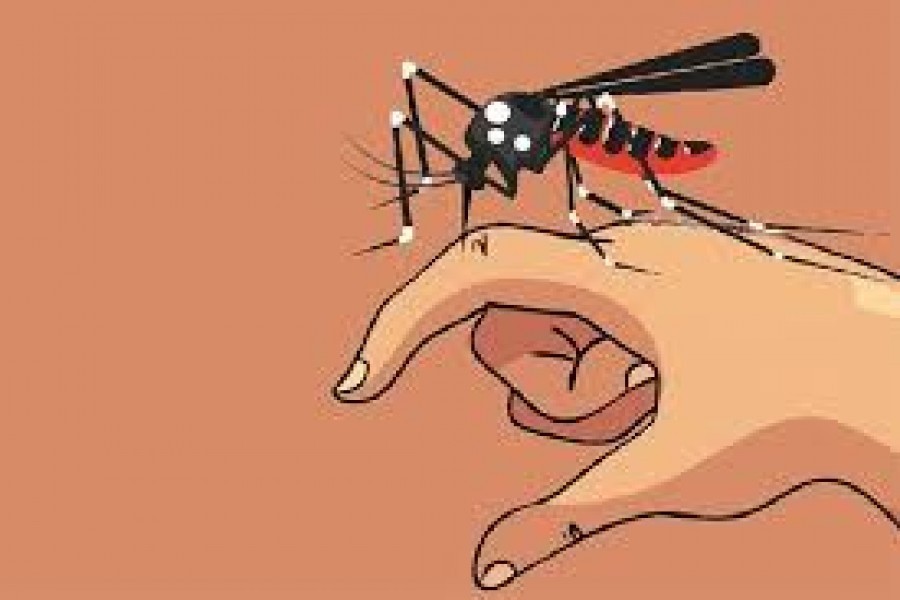Amid aggressive campaigns, entreaties and, finally, application of harsh measures, the country's city residents have at long last begun abiding by the government's stay-at-home order. Many of them have done so reluctantly and there are still localised spillages watering down much-needed social distancing.
Meanwhile, another bleak prospect is biding time to visit the country. Lots of conscious people under the general 'shutdown', or 'lockdown', in the big cities, especially Dhaka, have started becoming aware of the scourge of dengue. The very thought of the return of the nearly-endemic dengue fever jolts people into a veritable nightmare. The unease over a feared dengue onslaught carries the potential for spoiling the feeling of comfort of many now in safe home confinements. After a full-blown outbreak of the post-monsoon fever, the situation might begin deteriorating into one of double jeopardy. The yearly outbreak of the Aedes mosquito-borne disease in the city and its suburbs has been creating a panicky situation in the densely populated greater Dhaka since 2000. Since that period the fever has continued to return almost every year causing deaths from wrong treatment and prolonged hospitalisation. The vector-borne disease is caused by the daytime bite of Aedes mosquitoes. Its larvae are born in clean rain water that collects in littered containers like green-coconut shells, and hundred types of pots and cans thrown away after use.
Awareness campaigns by the health authorities targeting city residents bore few results. People are nonchalant. However, hygiene-conscious communities undertook ventures to keep their areas clean. But lackadaisical cooperation from the two city corporations in the tasks has failed to yield the desired results. The 'bone-crushing' dengue normally lasts for 2/3 months from the onset of monsoon in June-July to September. In some years since 2000, it has lasted from January to August, pointing to the weird changes in its course. In spite of claims by a section of health professionals that the scourge is on decline, reality proves otherwise. Two recent surveys conducted separately by the Directorate General of Health Services (DGHS) and the Jahangirnagar University have identified alarming levels of Aedes mosquito larvae in different areas of two Dhaka city corporations. According to DGHS, over 250 cases were found across the country early this year. It has reportedly identified the Aedes population in 12 per cent wards in Dhaka South City Corporation (DSCC) and 10 per cent wards in Dhaka North City Corporation (DNCC). Against this backdrop, 164 dengue deaths across the country in 2019 confirmed by the government come to the fore; so does the hospitalisation of 101,334 dengue cases. As disclosed by official sources, some 50,176 dengue patients were identified in the country between 2000 and 2018, with deaths occurring to 269 between 2000 and 2019.
Studies related to dengue prevalence blame the lack of preparedness and dearth of manpower at the entities concerned for this turn of the dengue situation. Moreover, the failure to sensitise people to the salubrious effect of preventive measures has played a role in the yearly onslaughts of the disease. Continuing the battle against the crippling Covid-19 and coping with a creeping dengue appear to pose a dual challenge to the health authorities. It warrants a change in the strategy of the war on two diseases at a time.


